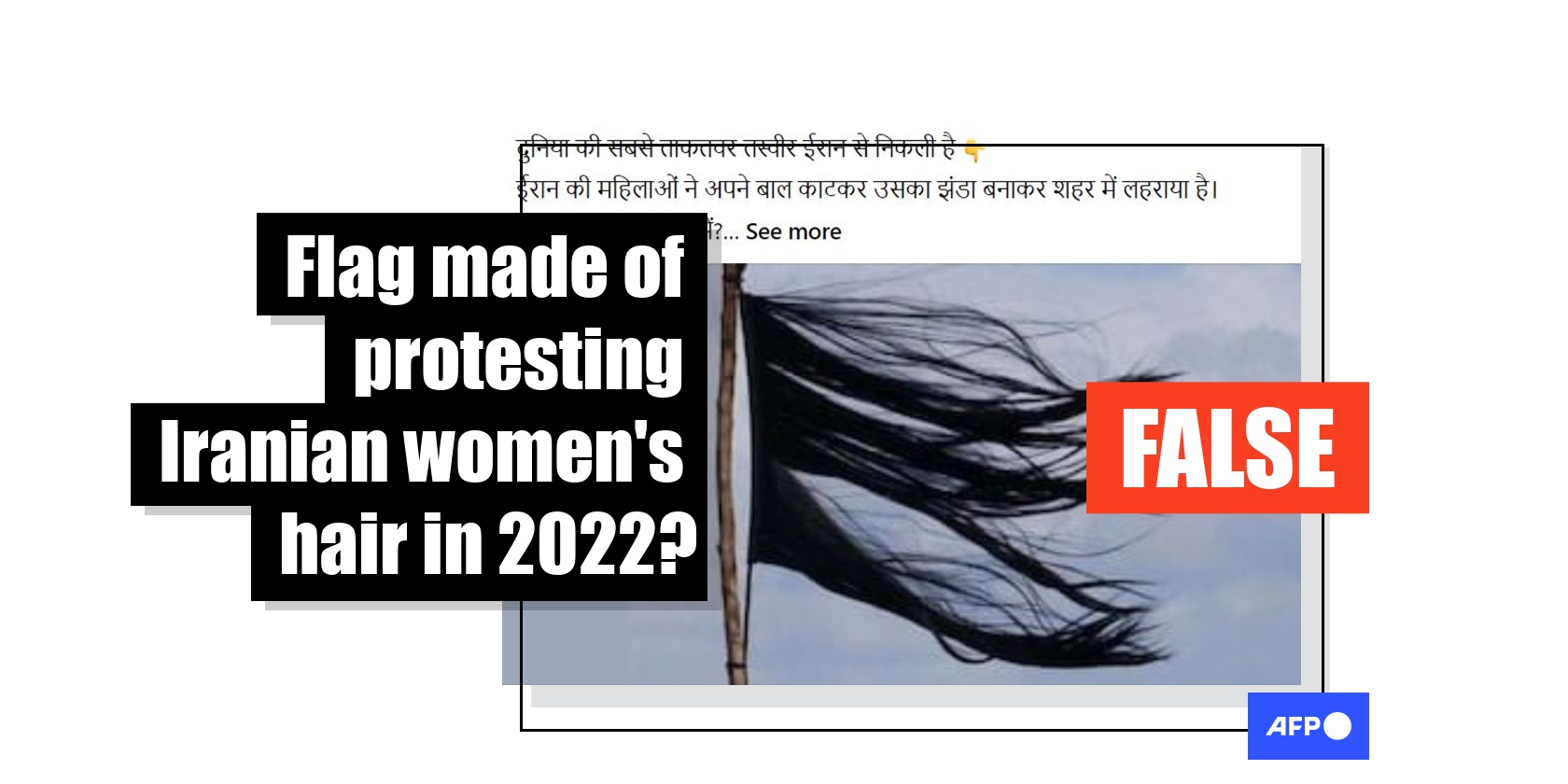
The 'hair flag' is artwork created by Belgian artist in 2014 -- years before the 2022 protests in Iran
- This article is more than three years old.
- Published on October 14, 2022 at 12:06
- Updated on October 15, 2022 at 05:43
- 3 min read
- By Uzair RIZVI, AFP India
A picture of a flag made of black hair was shared here on Facebook on September 21, 2022.
Its Hindi-language caption translates as: "World’s most powerful image comes from Iran, where local women protesters have chopped off their hair and hoisted it as a flag."
The post goes on to describe that the protests in Iran were triggered by the death of 22-year-old Kurdish-Iranian woman Mahsa Amini on September 16, 2022, after she was detained by the country's notorious morality police for "not wearing her hijab properly".
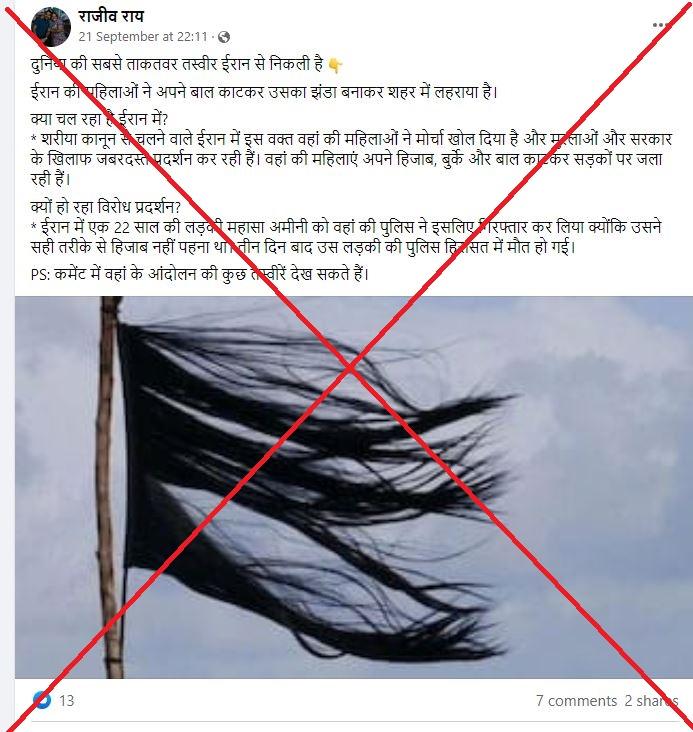
Iranian women, including university students and even schoolgirls, are at the forefront of the biggest wave of social unrest to grip Iran in almost three years -- they have been marching without the mandatory head covering, burning hijabs and cutting off their hair.
Rights groups say at least 108 people, including children, have died in the continued crackdown on the demonstrations, AFP reported.
The photo also circulated alongside a similar claim on Facebook here, as well as in an English tweet from Indian news site First Post, and in a Turkish post, which has been retweeted more than 5,500 times.
A similar image also appeared on Facebook here on September 24, 2022, captioned: "Chopped hair as a flag of protest by Iranian women!!"
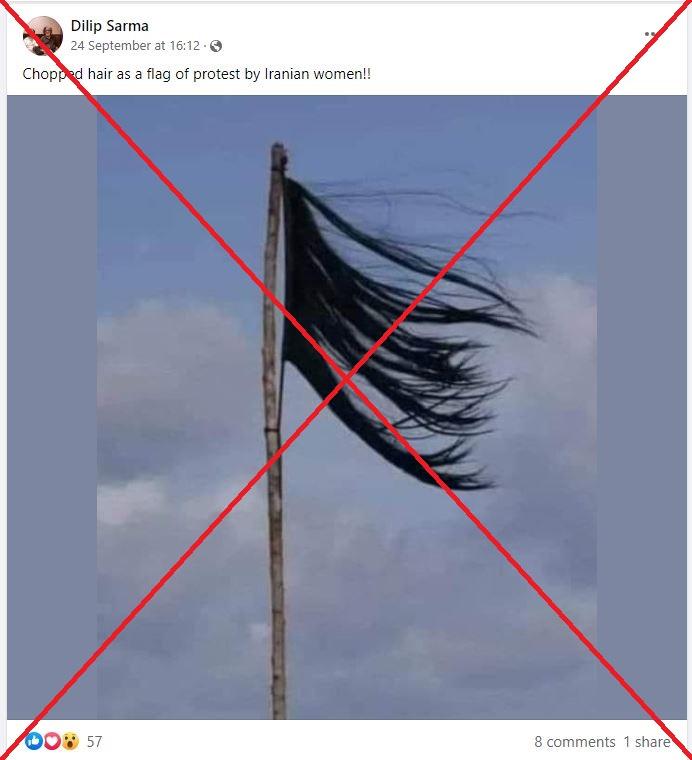
It also circulated in similar Hindi posts on Facebook here, and on Twitter here and here.
The claim about the "Iranian women's hair flag" was also tweeted by prominent figures, from artist Ai Weiwei to author Taslima Nasreen, garnering more than 1,000 shares.
However, the claim is false.
A Google reverse image search found that the pictures were taken from Belgian visual artist Edith Dekyndt's video installation titled "Ombre indigène" (Indigenous Shadow) in 2014.
The first image appeared in a June 2020 interview with the artist here, captioned: "Edyth Dekyndt, Ombre indigène, video, 2014".
The second image was published here, on the website of Wiels contemporary art centre in Brussels, on the occasion of Dekyndt's exhibition in 2016. The photo is captioned: "Edith Dekyndt, OMBRE INDIGENE Part.2, Martinique Island, 2014."
On the page 31 of the exhibition catalogue, the artwork's description partly reads: "A flag made of hair was stuck in the ground and filmed on top of rocks on the Diamant coast, in Martinique. There, precisely, on the night of 8 April 1830, a clandestine slave boat transporting a hundred African captives washed up on the rocks before being entirely destroyed."
The Caribbean island of Martinique is an overseas region of France and historically, a port of call for slave ships.
In the 2020 interview, Dekyndt said the artwork was inspired by the work of author and philosopher Edouard Glissant, one of the most important writers of the French Caribbean and whose writings reflected on colonialism, slavery, racism and cultural diversity.
Below are screenshot comparisons of the images shared in the misleading posts (L) and the genuine images of Dekyndt's artwork (R):
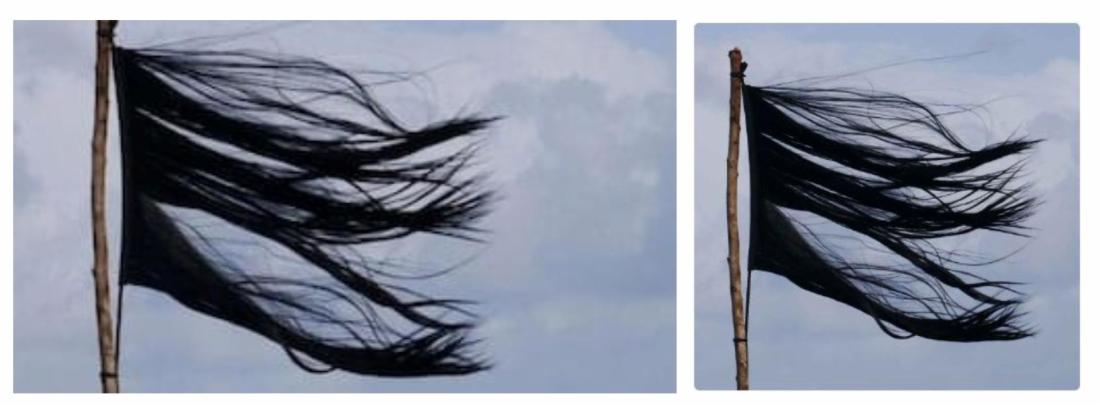
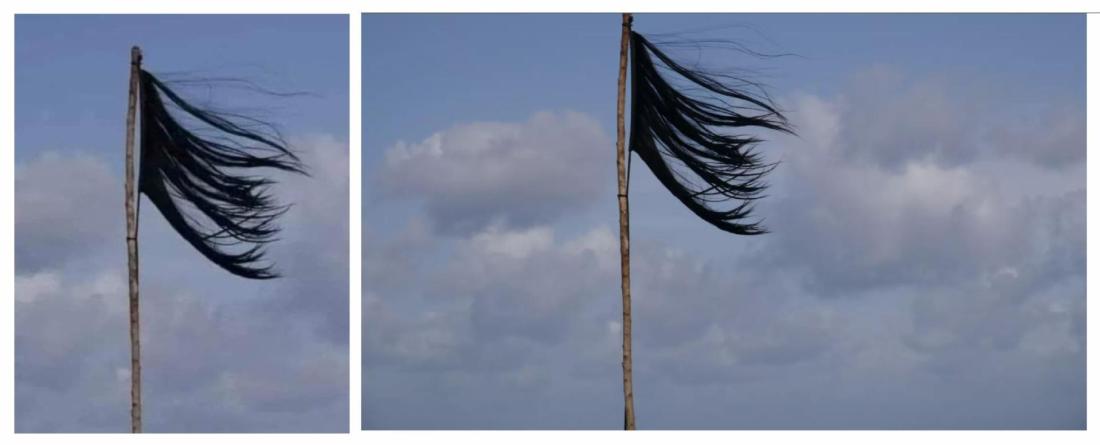
Dekyndt's video installation can be seen in this footage of her 2016 exhibition at Wiels, uploaded on the artist's website.
Magali Wyns, a spokesperson from Galerie Greta Meert, a Brussels art gallery which represents Dekyndt, confirmed that the piece was not related to the current protests in Iran.
"The work entitled 'Ombre Indigène Part 2 (Île de la Martinique)' is a video installation -- not an image -- created in 2014 by Edith Dekyndt," Wyns told AFP in an email.
AFP has debunked other false claims about the 2022 Iranian demonstrations here, here and here.

Copyright © AFP 2017-2025. Any commercial use of this content requires a subscription. Click here to find out more.
Is there content that you would like AFP to fact-check? Get in touch.
Contact us
